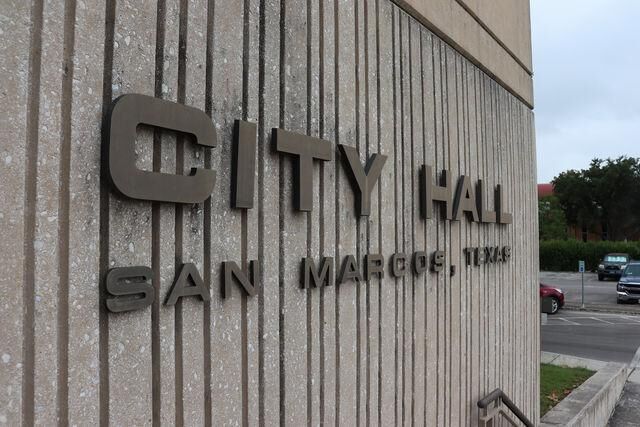Nine cats were picked up by a Hays County animal control officer May 2, 2017 and seven were euthanized within 24 hours.
The anonymous owner claimed the nine cats were living on her property and had their ears clipped, a sign they were neutered but they were feral according to shelter employees. The cats were picked up by an animal protection officer and were immediately brought to the San Marcos Regional Animal Shelter.
Within 24 hours of arriving at the shelter, seven of the nine cats were euthanized without informing the owners that the cats had been picked up or euthanized.
Jeff Caldwell, director of Neighborhood Services for the City of San Marcos, said there was a Hays County officer that picked up and impounded the nine cats without direction to do so. The officer picked up the cats while off-duty in Caldwell County which is outside his jurisdiction. The officer is no longer employed by Hays County.
“He was basically doing this off duty, out of the county, he was not doing it on behalf of the county… it was a rogue officer doing something that was totally outside of his duties” Caldwell said.
As of September 2017, 70 percent of cats and 26 percent of dogs are euthanized upon intake to the shelter in San Marcos.
The Save the Cats of Hays County Facebook group was made Jan. 15, in response to the nine feral cats euthanized in May 2017 and the high rate of euthanasia.
Lillie Raybon, San Marcos resident, joined the Save the Cats of Hays County Facebook group and is working to promote awareness.
In response to the difficulty that the Hays County officer’s actions caused, there have been a few more procedures put in place by the San Marcos shelter in the case that a similar issue happens again.
Kara Montiel, animal service manager at the shelter, has taken steps to ensure that animals impounded at the shelter are properly accounted for.
“Everything is checked for ID,” Montiel said. “Basically that’s what we go by, animals have to have traceable ID in order to get them back to their owners.”
Bridget Wasson, founder of Path Ahead Animal Shelter Consulting, said educating people and providing options other than bringing unwanted pets into shelters is a way to avoid overpopulation and euthanasia in shelters.
“A lot of cats are really not lost,” Wasson said. “You have cats that really we don’t need to do anything with them, other than spay and neutering them… and then other ones that actually are lost.”
While chipping pets and using collars are the most effective way to keep pets safe, clipping their ears is a cheaper way to identify pets have been neutered and are owned by someone.
The shelter’s population is being mitigated by an animal fostering program and the help of Austin Pets Alive.
The foster program began roughly one and a half years ago. There is an orientation for volunteers that prepares them to provide a temporary home for the pets before they are available for adoption.
Additionally, Austin Pets Alive is taking on overflow animals that the shelter is unable to accommodate.
“I think students should foster first and figure out if it’s for them and if it’s for them, then they can go on to adopt the animal,” Raybon said. “We can’t point the blame in any direction. We need to work as a team to solve this problem.”
Euthanized cats spark community response
March 14, 2018
Donate to The University Star
Your donation will support the student journalists of Texas State University. Your contribution will allow us to purchase equipment and cover our annual website hosting costs.























